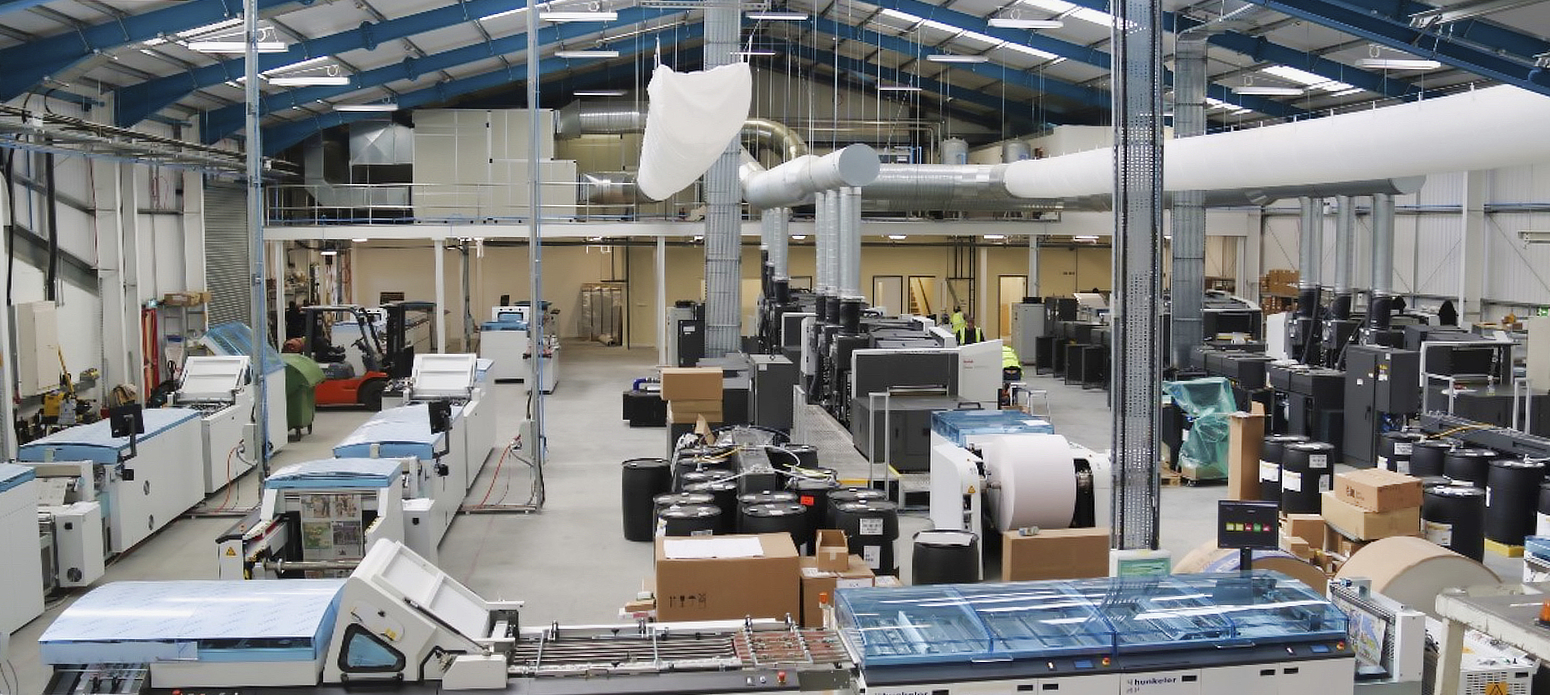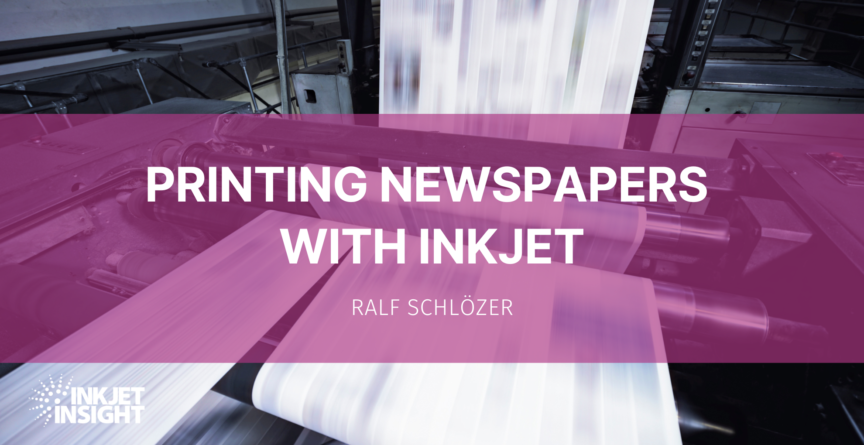Sometimes, there is an interesting announcement and years later you wonder what happened afterward. In 2015 Kodak and a resident newspaper publisher launched a joint venture on the channel island of Jersey to locally print newspapers using Kodak Prosper inkjet presses. An intriguing idea and I sometimes wondered how this worked out, as local newspaper printing has several advantages. Recently, Kodak announced that the newspaper contract has been renewed for two more years. Time to follow up.
How it all started
In 2015 KP Services was founded as a joint venture between the Guiton Group, the publisher of the Jersey Evening Post (JEP) and Kodak, as majority shareholder. In 2016 KP Services began printing not only the JEP but many national newspaper titles, that had to be flown into the Channel Islands so far. The national titles were often severely delayed or flights were cancelled due to bad weather – on average 30 to 35 days a year. In addition, printing of the local Jersey Evening Post, then produced by the Guiton Group, could be shifted from a newspaper press that was around 40 years old to state-of-the-art digital printing technology and to full colour pages throughout.
KP Services installed two Kodak Prosper 6000P Presses and four Hunkeler Combi-Solution newspaper finishing lines. The presses produce reel-to-reel with nearline finishing. Since the Hunkeler lines are format flexible, broadsheet and tabloid formats can be produced, making resizing of the original format almost unnecessary. Since the business case is so compelling most UK national newspaper publishers joined the local print model.

Production floor at KP Services with two Prosper presses
Six years later
In 2022 Kodak announced that KP Services has secured printing contracts for UK national newspapers until May 2024 as the contract came up for renewal. 22 titles are now being produced on the Prosper presses with the national titles typically being produced in runs from 1,000 to 3,000 copies – with one title as low as 200 copies as well.
While newspaper publishers can be picky about print quality all easily agreed on the Prosper print quality being fully acceptable – almost all not even settling for the full density level. These settings have not been changed so far.
For newspaper production, it is critical to stick to a time window from the editorial deadline to the start of distribution in the early hours. KP Services starts printing the JEP at 8 pm, followed at around 10:30 pm by the UK national titles. Completing print at around 2:30 am, finishing on the four Hunkeler lines continues until 5 am when the titles start to be shipped.
Typically, the presses produce 8.8 million prints per week. The presses can handle temporary spikes in volumes as well, as experienced around the death of Queen Elizabeth. A third Prosper press was installed when the nearby island of Guernsey was added to the distribution. Due to declining runs, the third press was removed again in the meantime. The solution proved to be very reliable and during the six years of operation, only one day of production was missed – due to software problems.
An inkjet newspaper solution on an island could offer even more benefits for newspaper publishers or local printing. KP services investigated other sources of jobs, but since there is little print production demand on the islands no other suitable print applications were found. Transaction print could have been a possibility; however, this would require introducing an infrastructure adhering to the strict compliance and security requirements in transaction print. Most importantly the Hunkeler finishing lines are set up for newspaper production and other applications would require new finishing equipment. There could be business opportunities for newspaper publishers as well in localised print. National titles could add local articles and advertising to improve revenues and reader interest. So far, the national titles are not taking advantage of this opportunity. At least one title is taking advantage of the variable printing capability by adding unique numbers for a game.
Is there more to come?
Several years ago, a couple of inkjet newspaper installations were announced, exploring the business models of newspaper printing in remote locations, adding localised pages, producing overseas newspapers in major capitals, or even producing personalised newspapers. While some installations were removed since others kept on running however with little attention from the inkjet printing community.
It seems that the market is reviving as newspaper circulation is trending downwards but is not coming down crashing as some pundits forecasted. This removed some insecurity in the market and publishers can reassess their opportunities. As volumes are declining and inkjet press speeds are increasing even more titles or locations should come into reach of inkjet. Government subsidies for newspaper production, as seen in some countries, can help in setting up new printing models as well.
For Kodak the installations are picking up again. A Prosper press is heading for the island of Martinique in the Caribbean. Another newspaper print installation in an unnamed region is planned to follow soon. It is a good sign that publishers are getting interested in the opportunities of digital newspaper printing again.

